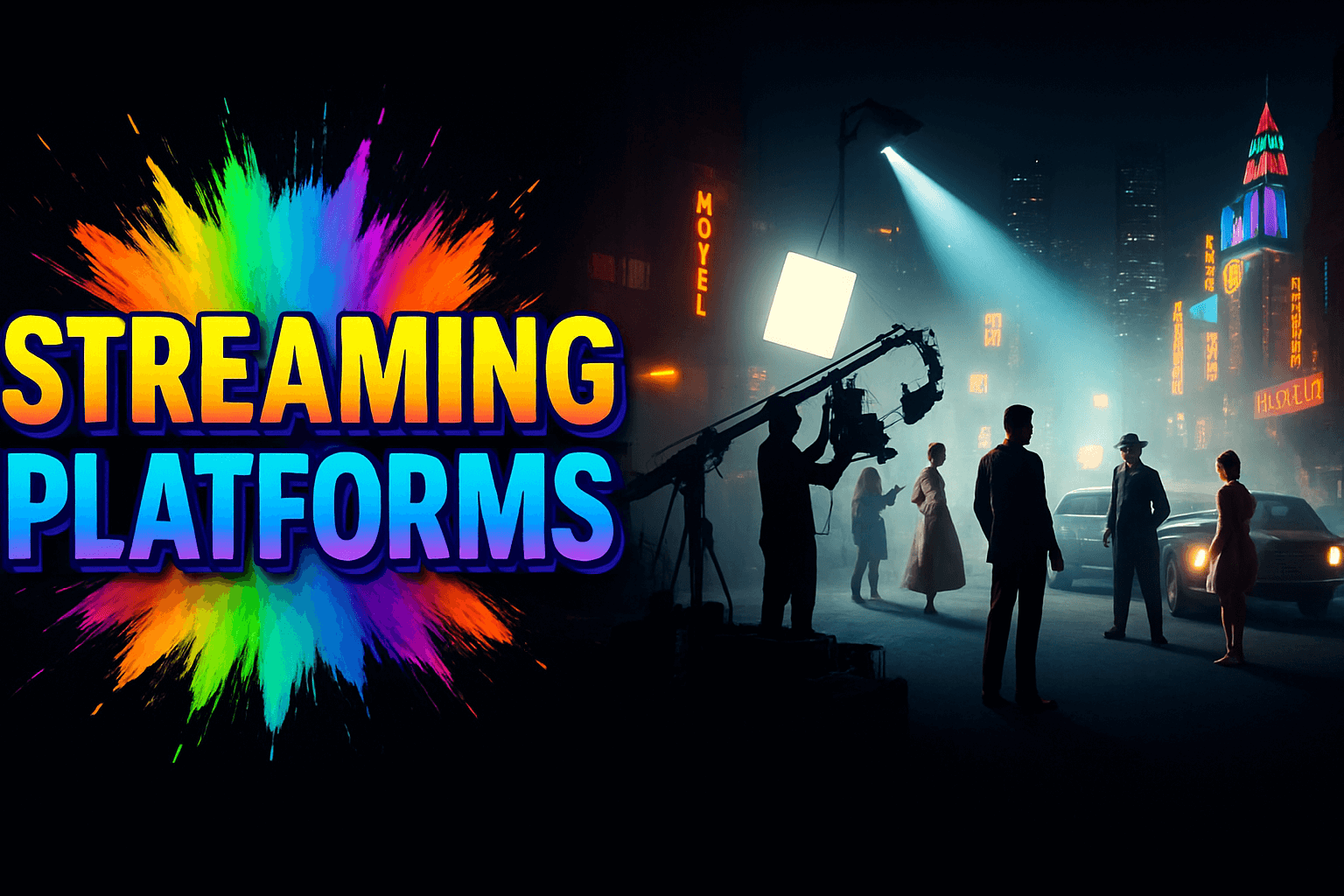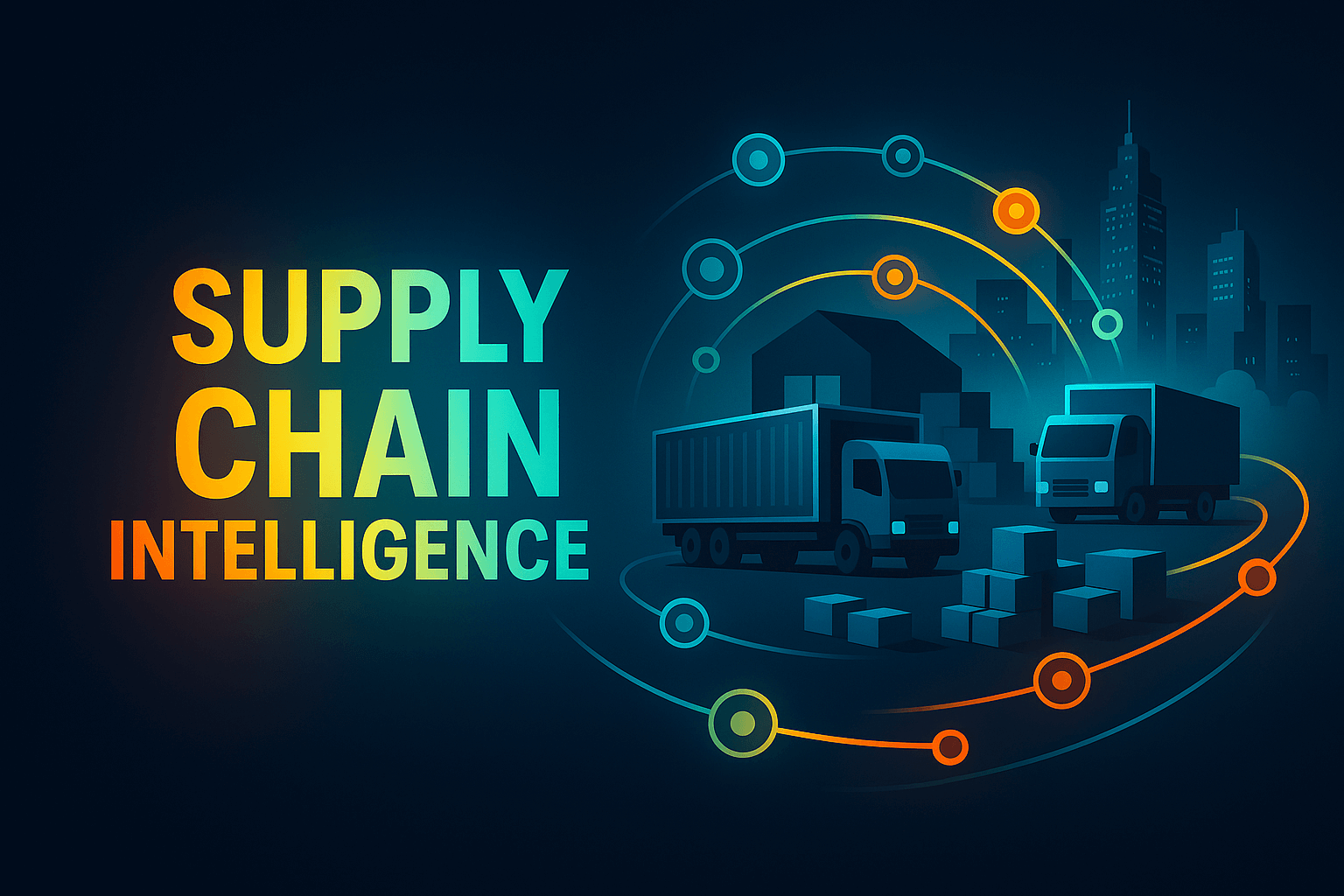Introduction
Television production, often shortened to TV production, refers to the creation and development of television programs. From initial concepts and scriptwriting to the final stages of post-production, TV production is a complex, multi-layered process that involves a wide range of professionals, specialized equipment, and significant coordination.
In this comprehensive guide, we’ll dive into the modern methods of TV show development, explore the challenges in content distribution, and uncover the technological advances that are revolutionizing the way television is produced. Whether you’re a budding filmmaker, a TV production enthusiast, or someone working within the entertainment supply chain, this guide is designed to provide you with all the information needed to master the art of TV production.
Key Takeaways
| Topic | Summary |
| TV Production Evolution | Overview of how TV production has developed over the decades with technological advancements. |
| Key Roles in TV Production | Explanation of the critical roles that contribute to successful TV production. |
| Equipment and Technology in TV Production | Exploration of modern equipment, technology, and innovations shaping the future of TV production. |
| TV Production vs. Film Production | A comparison of the unique approaches in television versus film production techniques. |
| Post-Production Techniques | In-depth analysis of editing, special effects, sound, and color grading in TV production. |
| Budgeting and Financing TV Shows | Insights into how TV productions are financed, budgeted, and maintained sustainably. |
| TV Content Distribution Channels | Examination of the various distribution methods including streaming platforms and cable networks. |
| Impact of AI and Technology in TV | Discussion on how AI, cloud computing, and automation are transforming TV content creation. |
Need TV Production Partners or New Opportunities?

The Evolution of TV Production
Television production has transformed dramatically since the early days of black-and-white broadcasts. The introduction of digital media, cloud computing, and AI has modernized TV production workflows, leading to more efficient and scalable processes.
In the past, TV production relied heavily on manual labor and analog equipment, which was both time-consuming and expensive. Today, with advancements in technology, we see faster production timelines, more dynamic storytelling techniques, and enhanced logistics in the entertainment supply chain. This shift has also opened the doors to new formats like on-demand and binge-watching, which have reshaped how audiences consume content. To explore more on the historical changes in TV production, check out this article on the Evolution of TV Production Techniques.
Key Roles in TV Production

Successful TV production requires collaboration from a variety of specialized professionals. Some of the key roles include:
- Producers: They manage the overall project, from securing funding to ensuring production stays on schedule.
- Directors: Directors are responsible for the creative vision, guiding actors, and the technical team to realize the script.
- Camera Operators: They handle the equipment that captures the footage.
- Scriptwriters: They craft the narratives, dialogues, and characters, essential for any television series.
Each of these roles plays a crucial part in producing high-quality television. If you’re curious about these roles in greater detail, our breakdown of Key Roles in TV Production provides in-depth insights.
TV Production Equipment and Technology
The tools and technologies used in TV production have seen tremendous advancements in recent years. High-definition cameras, big data analytics for audience preferences, and AI-driven automation in editing are just a few examples. Additionally, equipment such as green screens allows for special effects that were once exclusive to big-budget movies.
Emerging technologies like cloud-based editing platforms and remote production workflows are changing the game. These innovations enable faster turnaround times and more flexible production environments. Dive deeper into the specifics of the tools involved in the industry in our detailed look at TV Production Equipment and Technology.
TV Production vs. Film Production
While both TV and film share similar production methods, there are significant differences between the two mediums. One major distinction is the pace; TV shows often require faster production cycles compared to films. Additionally, TV production tends to focus on episodic content, requiring continuity across multiple episodes, whereas films typically operate with a one-time storytelling approach.
If you’re curious about more differences between TV and film production, check out this resource comparing TV Production vs. Film Production.
Searching for TV Production Studios or Projects?

The Role of Post-Production
Post-production is where the magic of TV production truly comes to life. This stage involves editing the raw footage, adding special effects, enhancing sound quality, and adjusting colors to match the intended tone of the show. It’s here that teams of editors, sound designers, and visual effects artists work together to shape the final product into what audiences see on their screens.
One of the most crucial aspects of post-production is sound design. Everything from dialogue editing to the mixing of background music and sound effects plays a vital role in immersing viewers into the narrative. In addition to sound, color grading helps in creating a mood and atmosphere that fits the genre, whether it’s a dramatic series or a light-hearted comedy.
Post-production has also embraced modern advancements such as cloud computing and remote collaboration, which allow teams to work together from different parts of the world, streamlining the process. For more details on this essential part of TV production, explore our in-depth guide on the Role of Post-Production in TV Shows.
Budgeting and Financing TV Shows

Financing a TV show involves much more than just covering production costs. From pre-production to marketing, managing a budget efficiently is critical to the success of any television program. TV productions are typically funded through a combination of advertising revenue, subscriptions, licensing deals, and syndication rights.
Budgeting for TV production must also account for content creation and distribution. For instance, when considering distribution channels such as streaming platforms, cable networks, or satellite providers, producers must understand the financial requirements each channel demands.
Additionally, the shift towards digital media has influenced how shows are financed, with platforms like Netflix, Hulu, and Amazon Prime offering new revenue streams through subscriptions and global distribution deals. Interested in learning more about the economics behind TV production? Dive into our detailed analysis of Budgeting and Financing TV Productions.
Content Distribution Channels
In the digital age, content distribution has become more diverse and accessible. Traditional cable networks and satellite providers have been joined by a plethora of streaming platforms and on-demand services. These modern distribution channels enable viewers to access content anytime, anywhere, which has contributed to the rise of binge-watching as a preferred viewing method.
Moreover, distribution strategies vary depending on the target audience and market. For instance, globalization of TV content has led to the localization of shows through subtitles, dubbing, and region-specific adaptations. Platforms such as Netflix and Disney+ have perfected the art of global TV show distribution, providing content in multiple languages and catering to culturally diverse markets.
However, along with increased accessibility come challenges such as managing intellectual property rights and ensuring proper licensing for content distributed across different territories. Explore how TV shows reach their audience through our detailed breakdown of TV Content Distribution Channels.
Technological Advances in TV Production
The role of technology in TV production has become increasingly prominent in recent years. From pre-production to content monetization, technological advancements have revolutionized every stage of the process.
AI and automation are making significant strides in streamlining workflows, especially in areas like video editing, where automated tools can now assist in generating rough cuts. Big data analytics are also helping producers understand viewer preferences and craft content that resonates with the intended audience.
Meanwhile, cloud computing has enabled TV production teams to collaborate remotely, reducing the need for large production studios and enabling faster content delivery. In addition, green screen technology and special effects are more accessible than ever, allowing even smaller productions to compete visually with big-budget shows.
To learn more about how these technological trends are reshaping TV production, check out our guide on the Green Screen and Special Effects in TV and the role of technology in the modern era.
Looking for TV Production Experts or Global Projects?

Scriptwriting for Television: Techniques and Tips
Scriptwriting is the foundation of any successful TV show. The script defines the structure, dialogue, and overall flow of the program. It’s a specialized skill that requires a deep understanding of character development, pacing, and how to maintain audience engagement across multiple episodes or seasons.
One of the key differences between writing for TV and other formats, such as film or theater, is the episodic nature of television. TV writers must master the art of crafting story arcs that span both individual episodes and entire seasons. Furthermore, the dialogue needs to be both engaging and efficient, allowing actors to convey emotions and progress the plot while keeping the audience hooked.
With the rise of streaming platforms and binge-watching, the demand for high-quality, engaging scripts has increased dramatically. Writers must also consider different genres, such as dramas, sitcoms, or procedurals, each of which has its own conventions and storytelling techniques.
For those interested in diving deeper into the art of scriptwriting, our guide on Scriptwriting for Television offers valuable insights and tips to hone your craft.
Challenges in TV Content Distribution
As TV production continues to evolve, so too do the challenges surrounding content distribution. Traditional distribution methods, like broadcasting on network TV or through cable providers, have been joined by digital distribution platforms, such as streaming services and digital retailers. While this opens new opportunities, it also brings complex challenges, especially in terms of rights management, licensing, and revenue sharing.
For instance, navigating content rights for different territories can be difficult, particularly when distributing across international markets. Shows need to be licensed appropriately for each region, with careful consideration of local regulations and audience preferences. This is especially critical in an era where globalization of TV content is more prominent than ever.
Additionally, the sheer variety of distribution channels, from on-demand services to satellite providers, requires producers and distributors to be strategic in ensuring their content reaches the desired audience while maximizing revenue streams. As technology continues to advance, solutions like AI-driven analytics are being used to optimize distribution strategies, ensuring content reaches the right audiences at the right time.
To understand more about these complexities, we cover key insights and strategies in our analysis of Challenges in TV Content Distribution.
The Future of TV in the Digital Age
The future of TV production looks promising, especially with rapid technological advancements shaping the way content is created, distributed, and consumed. As AI, automation, and big data become more integrated into the production process, we’re seeing a shift toward more efficient workflows and highly tailored content offerings.
For example, AI tools can now assist in editing, special effects creation, and even in writing scripts based on data-driven audience insights. Additionally, cloud computing continues to transform how teams collaborate on projects, enabling remote production and post-production across borders.
At the same time, sustainability and ethical considerations in TV production are becoming increasingly important. As the demand for eco-friendly practices grows, TV producers are looking for ways to reduce waste, minimize carbon footprints, and implement green technologies in their workflows. Additionally, the ethics of AI use in production and distribution must be carefully considered, especially when dealing with data privacy and intellectual property.
Finally, as global audiences continue to expand, content must be tailored to reflect localization and cultural differences, making the role of international markets more crucial than ever.
For more in-depth exploration of what lies ahead for the television industry, check out our article on the Future of TV in the Digital Age.
Conclusion
Mastering TV production in today’s rapidly evolving digital landscape requires a deep understanding of both traditional techniques and modern innovations. From the crucial roles of producers, directors, and camera operators to the integration of cutting-edge technologies like AI and cloud computing, the television industry has transformed into a dynamic and efficient creative powerhouse.
By embracing these advancements and honing skills in key areas like scriptwriting, post-production, and distribution, creators can produce high-quality content that captivates audiences worldwide. Whether you’re just starting out or looking to streamline your current workflows, mastering the intricacies of TV production will enable you to stay ahead in an increasingly competitive media environment. Dive deeper into each facet of production and stay informed on emerging trends to continually enhance your craft.
Frequently Asked Questions
TV production typically involves three main stages: pre-production (planning and scripting), production (filming and capturing content), and post-production (editing, sound design, and special effects).
TV production generally operates on faster timelines, with episodic storytelling requiring continuity across multiple episodes, whereas film production focuses on a single, cohesive story and has longer development periods.
Key roles in TV production include the producer (manages the overall project), director (oversees creative vision), camera operators, scriptwriters, and post-production teams (editors and sound designers).
Modern TV production uses advanced cameras, editing software, AI-driven tools, green screen technology, and cloud-based collaboration platforms for faster and more efficient workflows.
AI has helped automate tasks such as video editing, scriptwriting assistance, and even audience analytics, making production more efficient and content creation more data-driven.
TV shows are typically financed through a combination of advertising revenue, subscription services, licensing deals, and syndication rights.
TV shows are distributed via streaming platforms, cable networks, satellite providers, and on-demand services, making content more accessible across various regions and devices.
Post-production includes editing, sound design, special effects, and color grading, which are crucial to crafting the final look and feel of the show, making it polished and ready for broadcast.
AI has helped automate tasks such as video editing, scriptwriting assistance, and even audience analytics, making production more efficient and content creation more data-driven.



















































